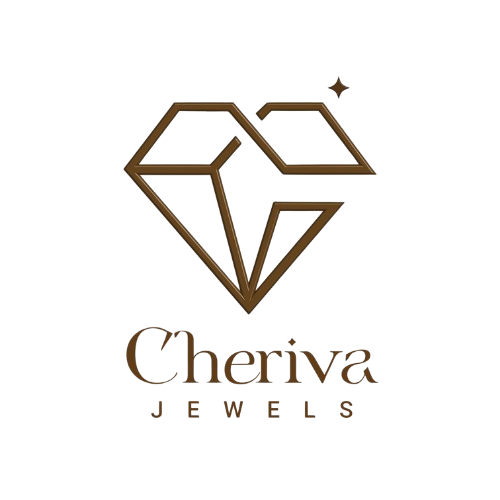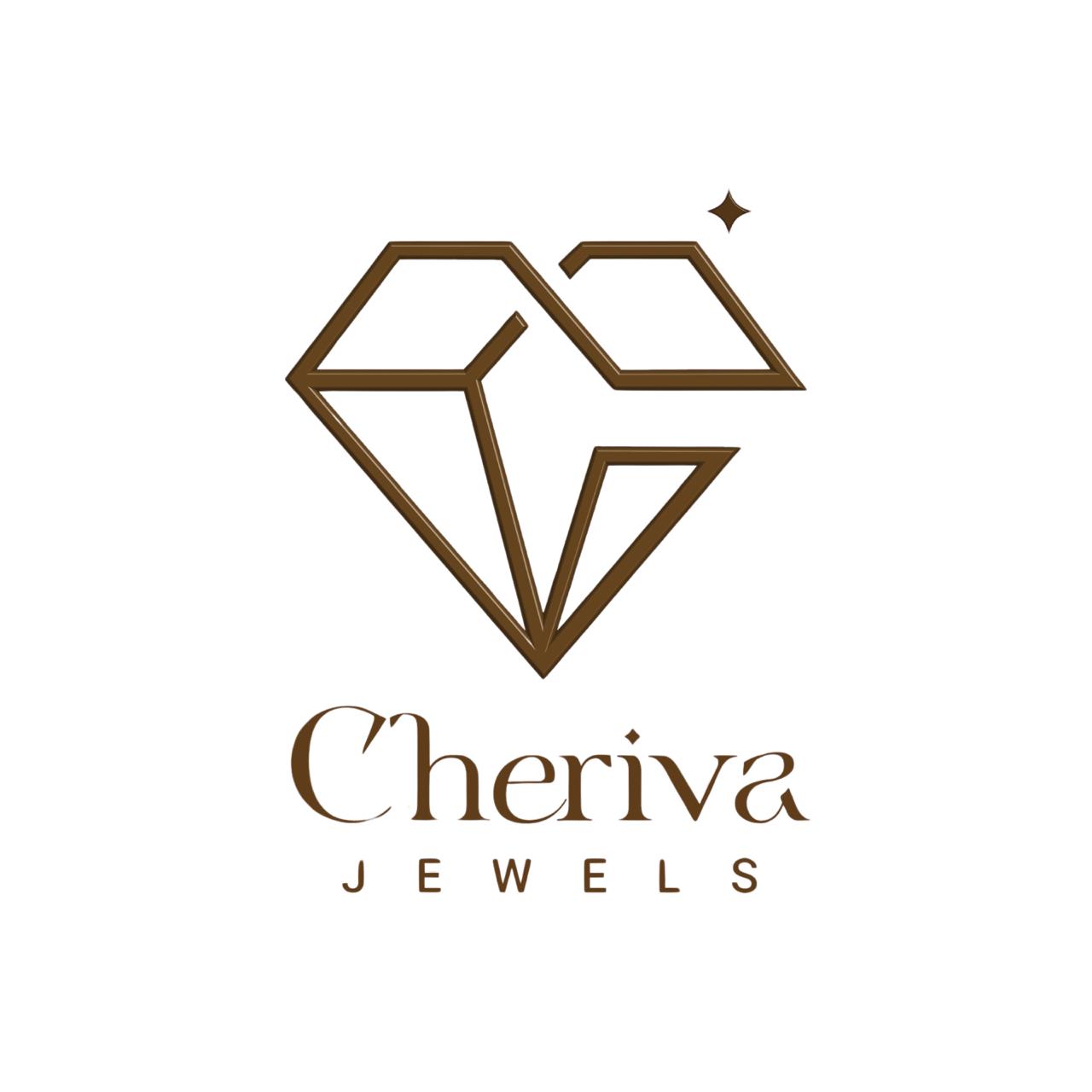
What Color is Emerald | Meaning, Shades and Jewelry Guide
Emerald has been one of the most loved gemstones for thousands of years. People from different cultures, from ancient royalty to today’s fashion lovers, have admired its striking green look. Whenever someone asks, what color is emerald? The simple answer is green. But the beauty of emerald is that it is not just one flat shade of green. It carries many tones, sometimes lighter, sometimes deeper, sometimes with a bluish touch, and at times with a soft yellowish reflection. This wide range of natural green is what sets emerald apart from other gemstones.
If you look at emerald jewelry closely, you’ll notice that no two stones ever look exactly the same. That is what makes emeralds special and highly valued in rings, earrings, pendants, and necklaces.
The True Color of Emerald

Emerald is always green, and that is what defines it. If a gemstone is not green, then it cannot be called an emerald at all. The shade comes from small amounts of chromium and vanadium that are present when the stone is formed deep under the earth. These minerals change the crystal into the beautiful green that the world knows as emerald green.
Unlike other gemstones where color might not be the only deciding factor, for emeralds the color is everything. The greener the stone, the more people desire it. This is why when people describe a perfect emerald, they often use the phrase “deep green with a touch of life.”
Why Does Emerald Have This Green Shade?
The secret of emerald green lies in the earth itself. Millions of years ago, when rocks and minerals melted and cooled in certain parts of the world, elements like chromium and vanadium slipped into the crystal structure of beryl (the parent mineral of emerald). As light passes through this crystal, it reflects back a strong green shade.
The presence of iron also plays a role. Chromium and vanadium usually give the stone a bright green, while iron can shift it slightly towards bluish green or yellowish green. This is why some emeralds look more bluish and some lean toward golden green. Both are natural, and each has its own beauty.
Even lab grown emeralds follow the same rule. Since they are created in a controlled environment, their color often looks very even and balanced. Natural emeralds, on the other hand, usually show a mix of shades and inclusions, which adds to their identity.
Different Shades of Emerald Green
Emerald is not just one shade of green. When you place different stones together, you will see a clear variation:
-
Light Green Emeralds – These are softer in tone and more affordable, often chosen for casual wear or smaller jewelry pieces.
-
Deep Rich Green Emeralds – Considered the most valuable, these stones carry a strong and intense shade. They are rare and highly demanded in engagement rings and high end jewelry.
-
Bluish Green Emeralds – Some emeralds show a cool tone due to the presence of iron, making them look slightly bluish. Collectors love this shade.
-
Yellowish Green Emeralds – Warmer in tone, these carry a golden touch and are admired by people who prefer a brighter look.
Emerald vs Other Green Gemstones
When people think of green gemstones, emerald is usually the first that comes to mind. But it isn’t the only stone that appears in green. Many other gems from peridot to jade are also loved for their shades of green. Still, emerald has something that sets it apart its ability to hold depth, glow, and character in a way no other green gemstone can.
Here’s a closer look at how emerald compares with other popular green stones:
|
Gemstone |
Typical Color & Look |
Transparency & Texture |
Key Difference from Emerald |
|
Emerald |
Medium to deep green, sometimes bluish green or yellowish green |
Transparent to slightly included, natural inclusions add identity |
Known as the true green gemstone, highly valued for its strong and lively green shade |
|
Peridot |
Light to yellowish green, bright and fresh like spring leaves |
Usually transparent, often eye clean |
Lacks the depth of emerald green and usually more affordable |
|
Jade |
Pale to deep green, smooth and waxy in look |
Mostly opaque, polished for shine |
Treasured in Asian cultures for spiritual and cultural meaning, but not as sparkling as emerald |
|
Green Sapphire |
Dark green to bluish-green |
Very clear and hard, close to diamond in strength |
Appears strong but doesn’t show the same warmth and character as emerald |
|
Tourmaline (Green) |
Can range from pale mint to dark green |
Transparent to translucent |
Can look similar to emerald, but lacks the same rich tone and is usually less valuable |
|
Tsavorite Garnet |
Bright green, often compared to emerald |
Excellent transparency, strong shine |
Looks close to emerald but is generally lighter and more sparkly, not as deep in tone |
How Color Decides Emerald’s Value
In emeralds, color is the number one factor that decides the price. A medium to deep green emerald with a lively appearance is far more valuable than a pale or overly dark one. Gem experts look at three things while grading emerald color:
-
Tone – How light or dark the stone is.
-
Saturation – How pure and strong the green appears.
-
Balance – Whether the color spreads evenly across the stone.
Stones with balanced green and fewer inclusions are sold at premium prices, especially when set in emerald rings or earrings. On the other hand, light colored emeralds are more budget-friendly and suitable for everyday jewelry.
Emeralds in Jewelry and Fashion
Emerald green has been a favorite shade for royal families, movie stars, and fashion icons. From Cleopatra’s emerald mines to today’s red carpet looks, emeralds have always held their place in luxury jewelry.
Modern jewelry houses use emeralds in many creative ways from bold statement necklaces to subtle emerald stud earrings. The stone is popular in both men’s and women’s designs because its color works beautifully with gold, platinum, and silver settings.
If you are looking for jewelry that brings out the striking side of emerald, explore the emerald earrings collection and emerald rings for a mix of traditional and modern designs.
Famous Emeralds and Their Color
Throughout history, a few emeralds have become world famous for their size and striking green shade:
-
The Mogul Mughal Emerald – Carved in 1695, this over 200 carat stone is admired for its intense deep green and detailed inscriptions.
-
The Chalk Emerald – A 37.82-carat gem from Colombia, glowing with bright green, now displayed at the Smithsonian in Washington, D.C.
-
The Bahia Emerald – One of the largest emeralds ever discovered, weighing 752 pounds, with strong natural green crystals inside host rock.
Caring for Emerald Jewelry
To keep the green shade of emerald looking fresh, proper care is needed. Emeralds are not as hard as diamonds, so they require gentle handling. Avoid cleaning them with strong chemicals or ultrasonic machines. Instead, use mild soapy water and a soft cloth.
Keep emerald jewelry away from direct heat or long sun exposure, as sudden temperature changes can cause cracks. When storing, wrap your emerald earrings, rings, or pendants separately to avoid scratches from harder stones like diamonds.
Conclusion
So, what color is emerald? The answer is simple: emerald is green, but not just any green. It is a shade that carries depth, life, and variety. From soft light tones to deep striking greens, every emerald tells its own story through its color.
Whether you wear it in a ring, a necklace, or a pair of earrings, emerald always stands out because of its natural green shade. If you want to explore the beauty of this gemstone for yourself, check out the latest emerald jewelry collection at Cheriva Jewels, where you can find designs that highlight the real charm of emerald green.
FAQs on Emerald Color
Q1. What is the real color of emerald?
A: Emerald’s real color is green, ranging from medium to deep tones, often with bluish or yellowish hints, with rich balanced green being most valuable.
Q2. Why is emerald green so admired?
A: Because it reflects nature, freshness, and luxury. It has been loved by royals and collectors for centuries.
Q3. Which emerald color is most valuable?
A: A strong, deep green with a natural glow is the most valuable.
Q4. Do lab grown emeralds have the same green color?
A: Yes, they look similar, but lab-grown stones may appear more uniform in shade compared to natural emeralds.
Q5. Can emeralds lose color over time?
A: Not naturally, but poor care or exposure to harsh chemicals can make them look dull.
Q6. Which color is the luckiest?
A: The luckiest emerald color is often considered a bright, rich green with a slight bluish touch, as it’s linked with growth, renewal, and prosperity.
Q7. Which zodiac cannot wear emeralds?
A: Emerald is linked with Mercury (Budh) in astrology. It is generally not advised for zodiac signs where Mercury is weak or harmful, such as Aries, Cancer, Leo, Scorpio, and Pisces.
Q8. Are emerald green and dark green the same?
A: No, emerald green and dark green are not the same. Emerald green is a bright, lively shade with a slight bluish tone, while dark green is deeper and often lacks the glow that makes emeralds special.



